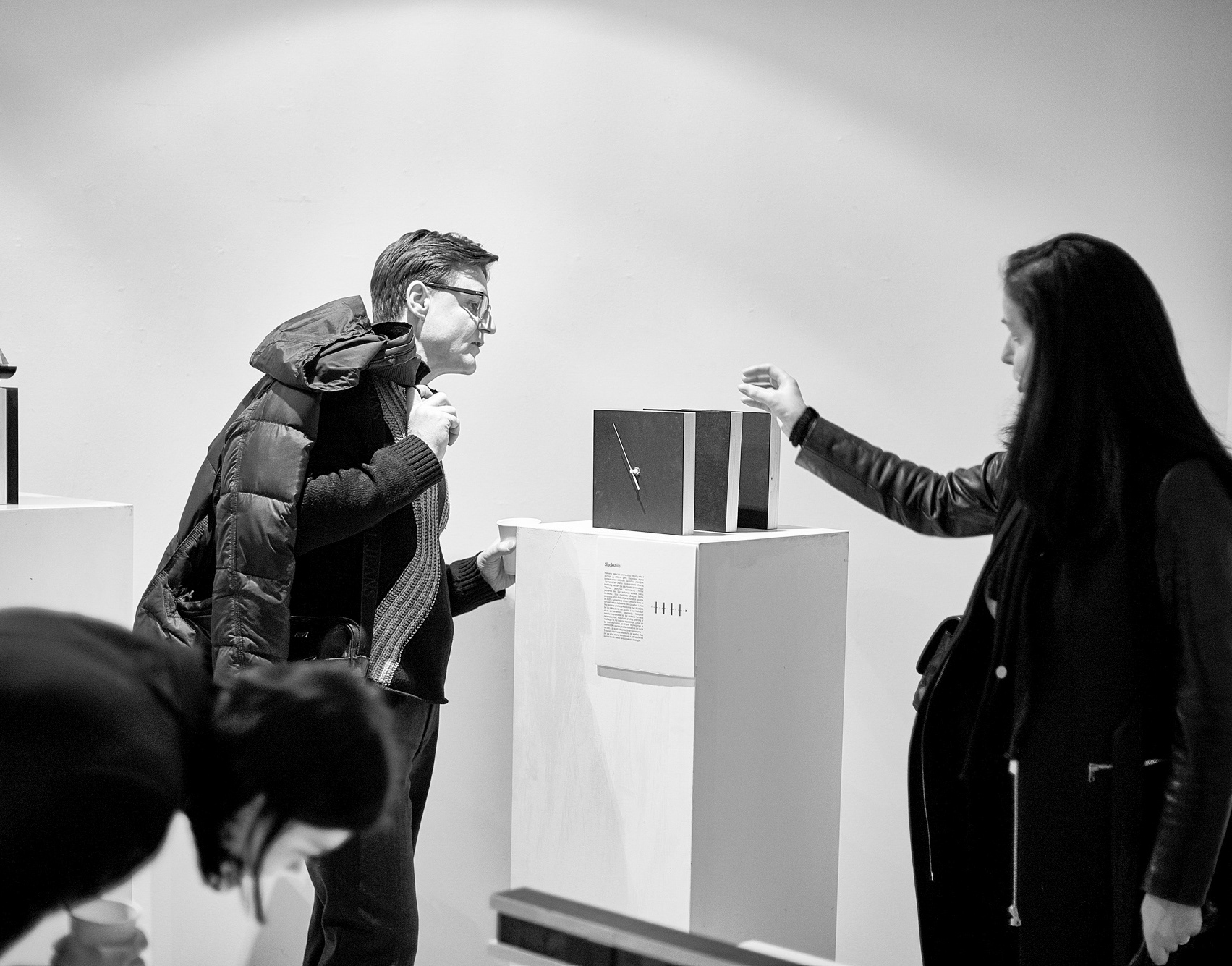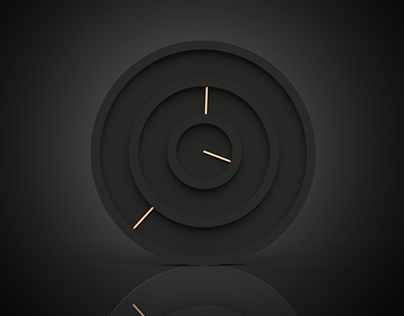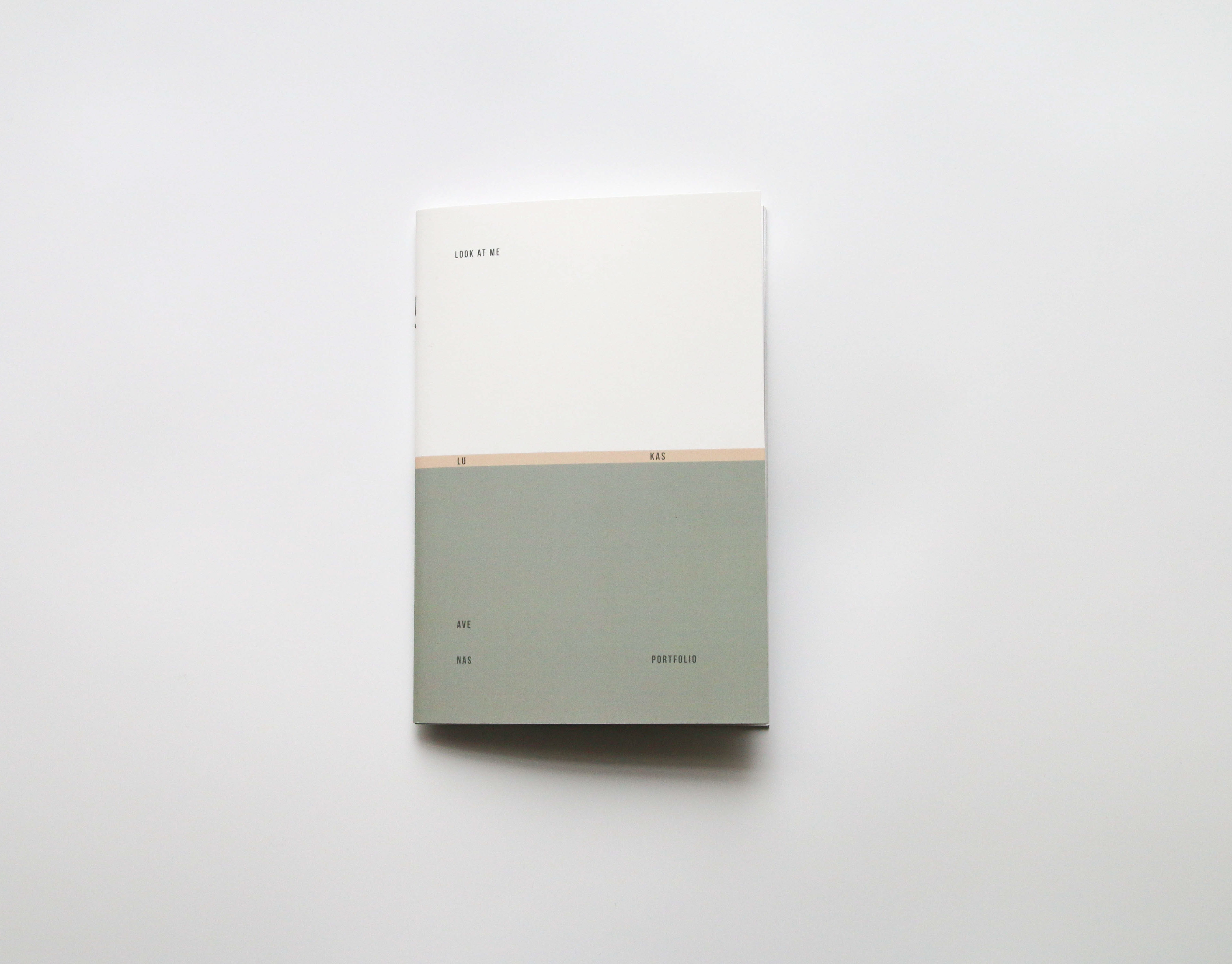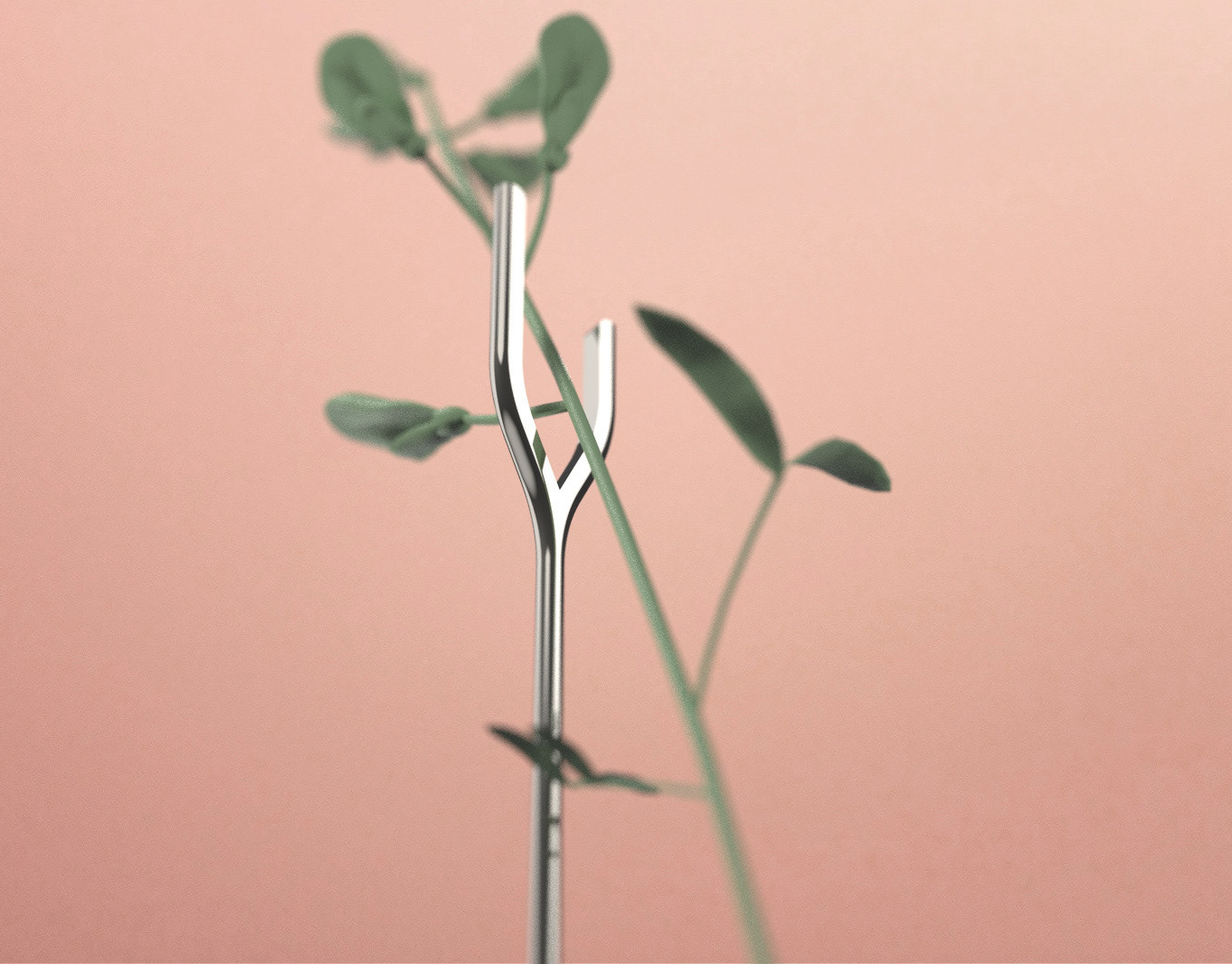At the end of 2017 I was involved in research about time. "Lost hours" project was presented and abstract sculptural objects, questioning our perception of the world, initiated many deep conversations among various people. Continuing this work, it was decided to create products that could be commercialized and used as a helpful tool of reflection of one's decisions, thoughts, plans about the future and to improved concentration.
The result was 3 time measuring objects, that help us bring forth the abstract thoughts about our perception of everyday life and think about these issues more effectively.
The first design is a timer for tasks that benefit greatly from linear thinking. Through our lives, we learn to read the time on the clock by converting numbers into mental images, but since, in the western societies, the most common question is "How much time do I have left?" It would be much easier to see the actual timeline of the day (or a single task). The timer shows the time spent linearly, while also combining it with one of the most simple and effective ways of staying efficient and healthy, which is setting a timer for roughly 55 minutes, focusing on the task intensely and as soon as the time ends, taking a break by going to a different room or area. The timer is powered for a maximum of 60 minutes if the hand is rotated by 360 degrees once. By slowly moving on the surface, the line is drawn with a chalk, physically showing time spent and time remaining. Writing goals on the physical surface makes it much easier to focus on them, without adding stress. The object also reduces the need to look at the screens, which constantly distract us with notifications and makes the time spent on the activity feel tangible and important, rather than abstract and mystical. This, in the end, allows us to make better decisions about how exactly we spend our days and ultimately, lives.
The second concept is a device meant to measure a longer time span of one week. The clock rotates very slowly, continually drawing a circle, which is completed once every week. The very calm reminder of cyclical image of time, is inspired by eastern philosophy and as such, brings values of the old and wise cultures to our modern life. When we look time as a never ending cycle, with all our joys and sorrows endlessly following one another, it becomes much easier to detach from our current emotions and daily trivialities and see the bigger picture. See everything as a lesson, a story, something that will be repeated countless times in countless lives, until a deeper insight is gained. It is a great tragedy of the modern world that with the fall of religion, the importance of rituals has been lost. This product is a simple vision of a person sitting quietly on Sunday evening, noticing a circle that has been drawn during the entire week, noticing tiny imperfections and giving him/herself an opportunity to meditate on the emotions and events that seemed so important, before winding the clock again. As Blaise Pascal once said: “All of humanity's problems stem from man's inability to sit quietly in a room alone.”
Life will get better and then it will get worse, and this will repeat for days and years and centuries until we will have no more dreams to dream and no more stories to tell.
The third concept explores the notion of personal time. We have all experienced time moving quicker or slower at times as well as people performing activities faster or slower due to context or simply their personalities. Some of us rush through life, some of us just want to relax. It is inevitable that in the current world this notion falls into the same category (or at least very close) to this metamodern view that truth is not important, and while views and opinions get discussed, it is important that not only we see things differently, but we do literally experience the same situation as a completely different one. We do not react to what we see, we rather create a mental image of the situation and react to the image that has been created. None of us live in objective reality and as science historian James Burke said: "Let me suggest something with which you may disagree violently: that at best, the products of human emotion, art, philosophy, politics, music, literature, are interpretations of the world, that tell you more about the guy who's talking, than about the world he's talking about. Second hand views of the world, made third hand by your interpretation of them.". In societies where individuals are praised, we become so obsessed with certain ideas, beliefs, likes and dislikes that we feel like our personal sense of identity is threatened whenever somebody proposes a different point of view.
The concept is a commentary on the notion above. The clock shows time as a normal clock would, but the person must stand in a specific spot to see it, due to distortion effects. It is impossible to see the time shown from any other angle or to even guess that the object is a clock, so only one person sees it at a time, thus the "personal time".
The journey of creative process was completely different from all the previous projects. The fact that "creative explorer" project appears to be one of the most pleasant things I had worked on, even though it's the one object that was barely touched in the prototyping process and Idea came simply by noticing the material in the store, made me realize how many solutions the subconscious mind is actually able to generate. I decided to not make any drawings, 3d models or any complex technical solutions and instead simply surround myself with shapes and products that seem important and interesting, even though logically there is no explanation why. The process was basically a game. Design should always be a game.
Thank you for your interest.
Share if you find this valuable, or follow me on social media for updates.









